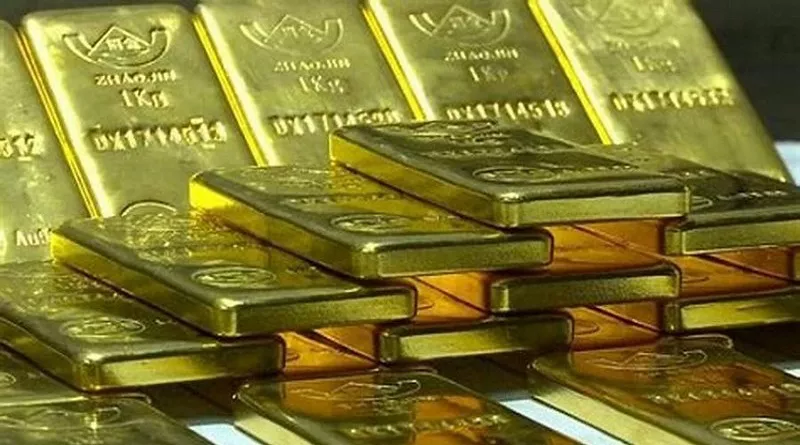NGEx Minerals (TSXV: NGEX) saw its shares climb nearly 20% on Wednesday after drill results at its Lunahuasi project in Argentina revealed a larger-than-expected porphyry system beneath the surface.
Drillhole DPDH027 intersected 0.52% copper and 0.32 grams per tonne gold over an impressive 1,619.4 meters, from 385.6 meters down to 2,005 meters depth. The hole ended in an open potassic-altered diorite porphyry, suggesting the presence of a major mineral system west of the previously known high-sulphidation veins, the company announced.
Having completed 25,003 meters of Phase 3 drilling by May 8, NGEx anticipates assay results for the remaining 10,369 meters across 12 drill holes by mid-2025. The company is currently refining its targets and seeking partners to advance prefeasibility studies.
“Drillhole DPDH027 opens an entirely new dimension of the Lunahuasi project,” said NGEx president and CEO Wojtek Wodzicki. “While our near-term focus remains on the high-grade vein system, this porphyry discovery significantly enhances the long-term value of the project.”
Canaccord Genuity mining analyst Peter Bell echoed this optimism, noting that while the existence of a porphyry system was anticipated, the size and potential revealed by the latest drilling add considerable value. “NGEx’s concessions lie in a highly prospective region, and this early success at Lunahuasi positions it well among regional projects like Filo del Sol,” Bell said.
Rene Cartier, mining analyst at BMO Capital Markets Research, affirmed that the drilling results validate NGEx’s geological interpretation. “This discovery unlocks a large exploration target with promising long-term potential,” Cartier noted, adding that the depth of the mineralization gives NGEx flexibility in planning future exploration.
Global copper inventories remain near decade lows amid rising demand driven by electrification and renewable energy initiatives. Investors are increasingly focused on projects offering both high-grade veins for early revenue and bulk-tonnage porphyries capable of long-term scale.
Lunahuasi’s combination of mineralization types aligns with this model, fueling NGEx’s share price surge. The stock closed up 17% at C$14.28, pushing the company’s market capitalization to approximately C$3 billion.
Strategic Location in a Growing Copper District
Lunahuasi is situated in the fast-developing Vicuña district, just six kilometers north of the Filo del Sol deposit—jointly owned by Lundin Mining (TSX: LUN) and BHP (ASX: BHP)—and eight kilometers west of Lundin’s Josemaría project. Both neighboring deposits are major copper-gold assets advancing toward prefeasibility or construction phases. Nearby projects, including McEwen Mining’s Los Azules and Lundin’s Fruta del Norte in Ecuador, underscore the region’s strategic importance as a hub for tier-one porphyry deposits.
Recent policy changes in Argentina’s San Juan province, such as reduced mining royalties and improved foreign-exchange repatriation, have attracted significant exploration activity. NGEx’s progress mirrors the trajectory of its peers; for example, Filo del Sol’s discovery hole in May 2021 revealed 858 meters grading 1.8% copper equivalent, including notable gold and silver content.
Bell compared these results with NGEx’s internal mineral inventory at Lunahuasi—33.3 million tonnes averaging 2.12% copper, 1.09 grams gold, and 41.02 grams silver per tonne, totaling 706,700 tonnes of copper—and deemed the new drill results robust.
High-Grade Mineralization Identified
Within drillhole DPDH027, a high-grade zone spanning 876.4 meters was identified, averaging 0.59% copper and 0.48 grams gold per tonne in high-sulphidation mineralization from 385.6 to 1,262 meters depth. Below this, a 743-meter interval returned 0.44% copper and 0.13 grams gold, characteristic of porphyry-style mineralization.
The transition from high-sulphidation to porphyry mineralization indicates a shift in copper mineralogy—from enargite and chalcocite to chalcopyrite and bornite—along with changes in copper solubility, the company explained.
Additional step-out holes reinforced the system’s potential. Hole DPDH028 intersected 53.5 meters grading 7.79% copper-equivalent, including 3.89% copper and 2.96 grams gold per tonne, while hole DPDH029 returned 157 meters at 2.16% copper-equivalent (1.67% copper and 0.49 grams gold per tonne).
The deposit remains open in all directions, with every hole revealing multiple mineralized intervals, confirming the scale and complexity of the system.


